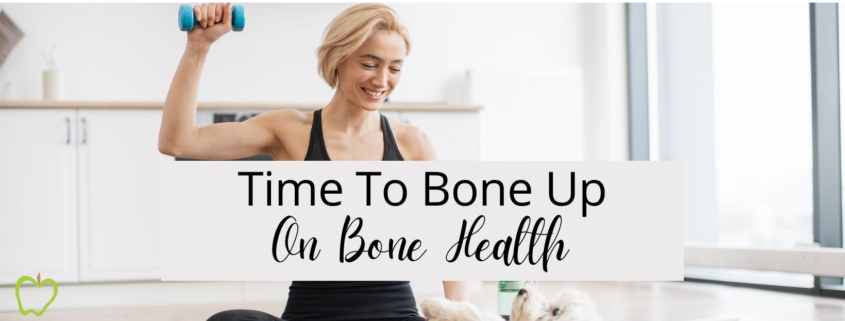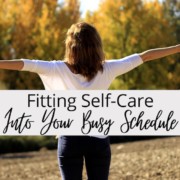Time To Bone Up On Bone Health
As midlife approaches, many women become concerned about their bone health. Rightly so, as our bones are a vital part of our bodies and a broken hip can lead to other complications. Let’s take a look at our amazing bones – there’s more going on in there than you realize. It’s time to bone up on bone health.
I had always thought of bone as being solid and strong, yet it is actually flexible and strong. Bone is a composite of minerals dispersed in a protein matrix of mostly collagen. That matrix gives bones some flexibility, similar to the pine trees that I see in south Louisiana. They are able to sway in the wind without breaking.
Is Bone An Organ?
There is a new perspective circulating, that bone is another organ in the body. Surprised? A biological organ is defined as a self-contained group of tissues that performs a specific function in the body. Bones produce red and white blood cells for the body and are constantly remodeling themselves.
You’ve likely heard of bone marrow, but did you realize there are different kinds of bone marrow? Red bone marrow is what produces red and white blood cells and platelets – the lifeblood of the body. There is also yellow bone marrow which is adipose tissue that stores triglycerides.
How Does It Work?
How do bones remodel themselves? Through the function of osteoblasts and osteoclasts. Osteoblasts build new bone, while osteoclasts break down bone. And, hormones direct the balance of osteoblast and osteoclast activity.
As with all functions in the body, bone maintenance is dependent on the body having the necessary nutrients. Most of us know the importance of Calcium, yet this mineral doesn’t work on its own.
Vitamins A, D, and K2 have synergistic effects and can support or deplete one another. I recommend that my clients take no more than 700mg of Calcium daily and add A/D/K2 to work with it.
Avoiding Falls
So what is the primary cause of bone fractures? The #1 reason for age-related fractures is falling. In fact, most fracture patients have fallen, but do not have osteoporosis. A large population study of women over 65 showed that 85% of all low-trauma fractures were not attributable to osteoporosis.
Though we tend to prioritize the prevention of osteoporosis, studies show the value of protecting against falls. Fall protection involves:
- Muscle strength – muscles support the skeletal structure and joints.
- Body flexibility – when the body is flexible, it can respond to imbalance without toppling.
- Balance – which I have learned depends on core strength.
- Steady gait – which can be influenced by neuropathy.
- Vision – consider appropriate corrective lenses and Vitamin A levels to support night vision.
Which of these may be a concern for you and your ability to avoid a fall? I suggest that you consider what changes could begin to reduce your risk of falls.
Problems With Bone Health
There are some who have studied skeletons from the 18th and 19th centuries and have found significantly slower rates of bone loss at the hip than modern women. Other studies have revealed increased rates of fractures in the last 50 years of the 20th century. The question is whether we are losing bone faster than our forefathers or are younger generations beginning their lives with less dense bones overall. Both are possible.
What has changed for recent generations that could contribute to less dense bones, whether osteoporosis is involved or not? There are many factors:
- Higher refined sugar consumption – increases calcium loss
- High coffee and soda consumption – increases calcium loss
- Low stomach acid – reduces protein and magnesium absorption
- Widespread low Vitamin K2 – reduced binding of calcium in bone tissue
- General nutrient deficiency – including important minerals for bone health
- More sedentary lifestyle – reducing muscle tone and force that prompts bone remodeling
- The epidemic of hypothyroid function – causing poor digestion and imbalance in osteoblast and osteoclast activity
- Chronic stress – impairs new bone growth and breaks down the bone matrix
Your Bones Moving Forward
Lower bone density – whether from osteoporosis or not – and falls threaten the health of our bones and our longevity. If you recognize that many of the risk factors are at play in your body, don’t try to change it all at once.
Select one area to work on and then another. If you aren’t sure where to start, reach out to me for a discovery call and we can talk about your situation.










